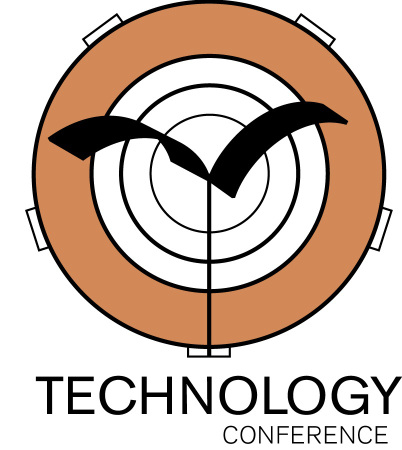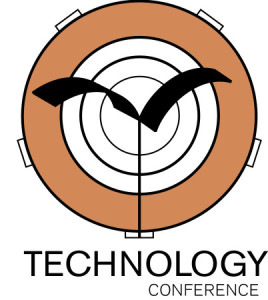A case study in the intersection between health, media and policy
William M. Silberg, is a strategic publishing and communications consultant with 30 years experience in health, medicine, health policy and science, in both the professional and consumer sectors.
A recent paper in the American Journal of Preventive Medicine (disclosure: I’m AJPM’s Editor-at-Large) offers some sobering data relevant to any health professional trying to make sense of clinical guidelines and, more importantly, help patients and the public with that plaintive question – “so what should I do?” Further, it’s a powerful example of what happens when health, media and policy, um, “collide.”
The paper, by Linda B. Squiers, PhD, and colleagues at RTI International, looked at media coverage and sampled public understanding of the November 2009 release of new mammography guidelines by the US Preventive Services Task Force (USPSTF), an independent panel of experts in primary care and prevention. The new guidelines, which update those the Task Force issued in 2002, recommended against routine mammography for women prior to age 50 and suggested that screening end at age 74. They also recommend changing the screening interval from one to two years and suggested that women aged 40 to 49 who are at high risk for breast cancer consult with their clinician about the optimal time to begin regular, biennial screening mammography.
The bottom line: many women told the RTI researchers in a web-based survey that they were confused by the new guidelines. Those confused most? Women aged 40-49 and those who’d never had a mammogram or had one more than two years ago.




